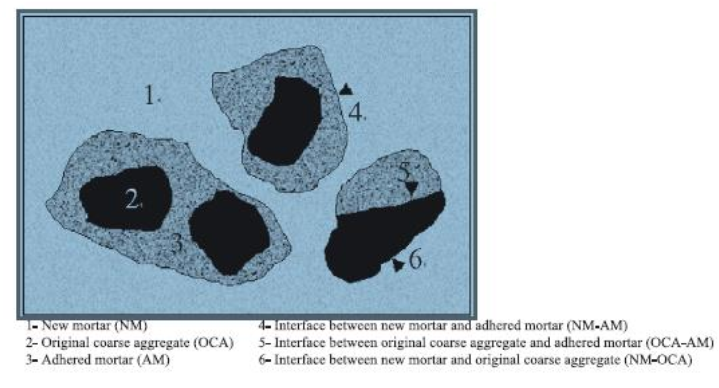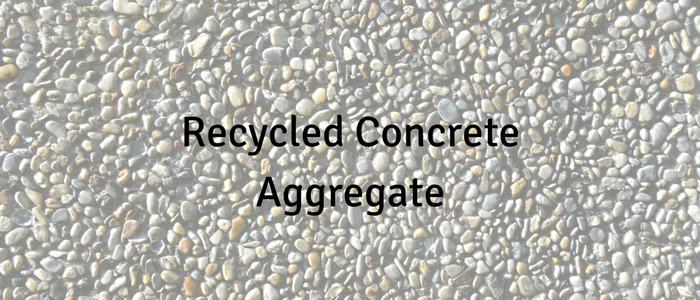In a constantly evolving society there stems a need to develop and improve the current infrastructure. In order to build new infrastructure, building materials such as concrete will be needed. The raw materials needed for the aggregates and cements come from natural resources that do not get replaced. In the addition the energy needed to acquire these raw materials is very costly. The previous infrastructure such as old roads and buildings that is demolished is often considered worthless and disposed of as demolition waste.
The use of RCA is able to reduce the rate of depletion of our natural aggregate. Construction is often associated with many environmental issues, including the depletion of raw materials, consumption of energy and the creation of waste. The use of RCA is considered to be a more sustainable option.
One form of recycled concrete aggregate is returned-to-plant concrete. This involves fresh concrete that has been returned to the batching plant, discharged from the transit mixer and left to harden. The hardened concrete is the crushed and sieved to produce RCA. RCA has seen use all around the world, particularly in North America and Europe. In 1994, Holland used 78,000 tons of RCA and reported that the use of 20% of coarse RCA resulted in no differentiation of the fresh or hardened properties.
Although research in RCA has steadily increased, it has been limited in the type of application. RCA has been limited to use in mainly non-cement based applications, such as unbound road base and backfill. RCA has also been used in low strength applications such as unshrinkable-fill (U-fill). U-fill is a controlled low-strength material (CLSM) commonly used for backfilling utility cuts.
In a study performed by Kolahdoozan , RCA was used as a coarse aggregate replacement in a U-fill field application. At a 70% replacement, they found considerable segregation due to the high volume of coarse aggregate. A mix of 55% RCA and 45% natural sand produced results comparable to U-fill mixtures using natural gravel and sand and did not show any signs of segregation.
One way RCA is different from virgin aggregate is the presence of residual or adhered mortar that surround the original stone. When the RCA is used as coarse aggregate in a new concrete mixture it is introduced to new paste or mortar. The hardened properties of the concrete become affect by both the adhered mortar from the original mix as well as the new paste. Figure 1 depicts concrete incorporating RCA.

